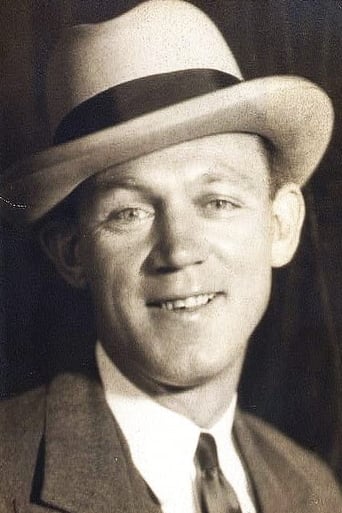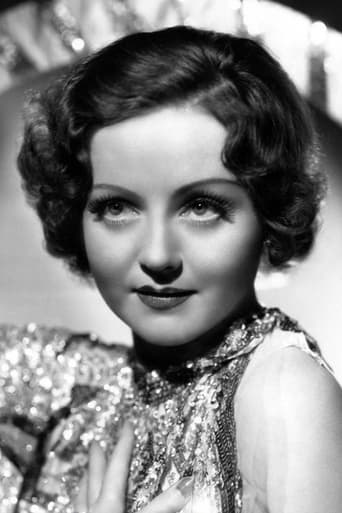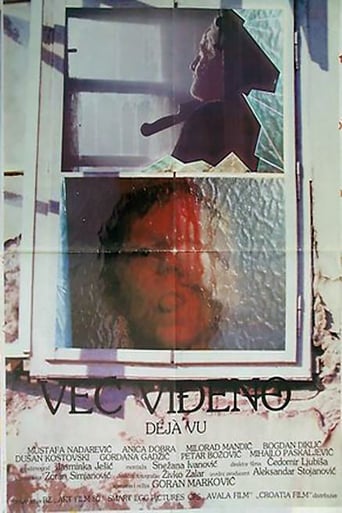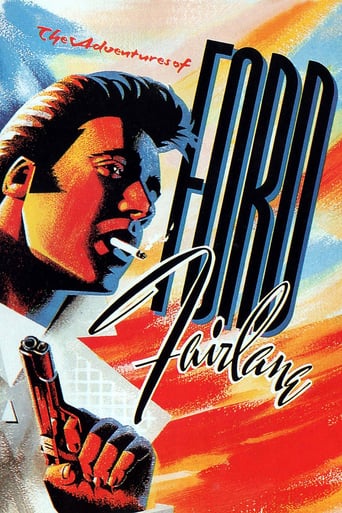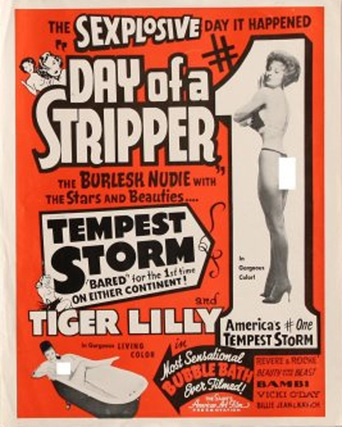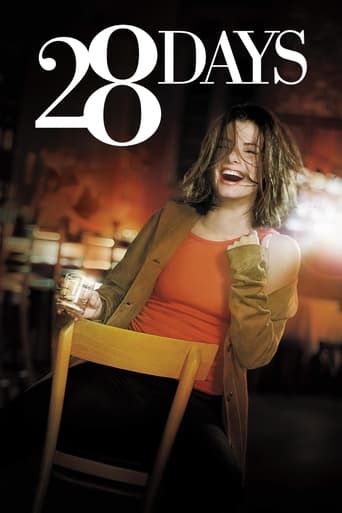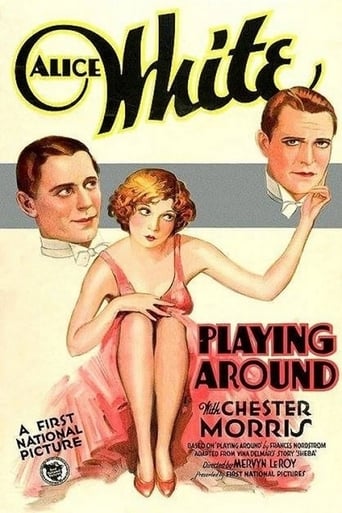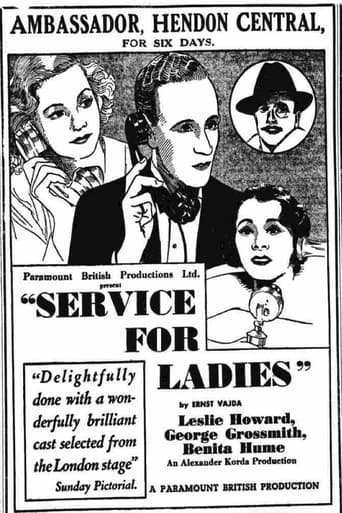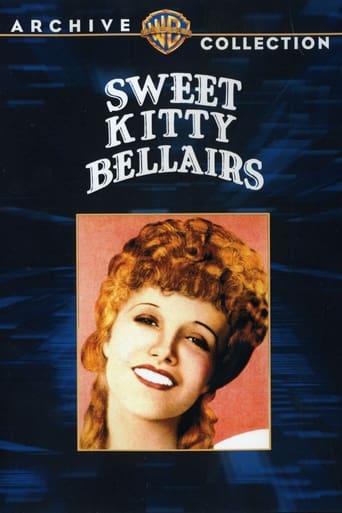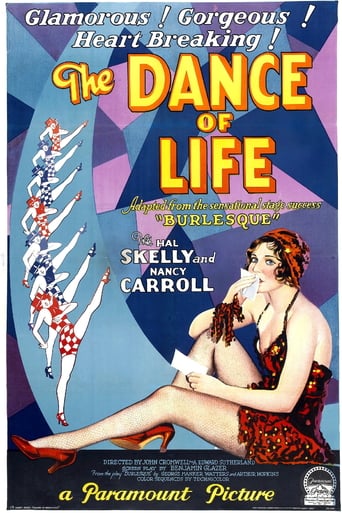
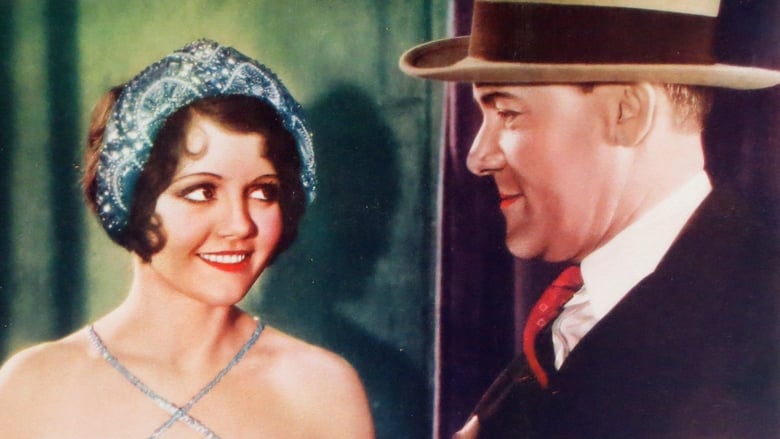
The Dance of Life (1929)
A vaudeville comic and a pretty young dancer aren't having much luck in their separate careers, so they decide to combine their acts. In order to save money on the road, they get married. Soon their act begins to catch on, and they find themselves booked onto Broadway. They also realize that they actually are in love with each other, but just when things are starting to look up, the comic starts to let success go to his head.
Watch Trailer
Cast
Similar titles
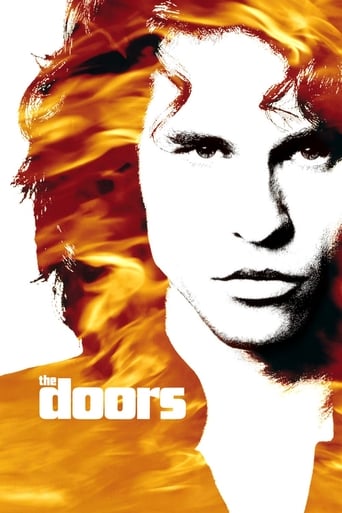
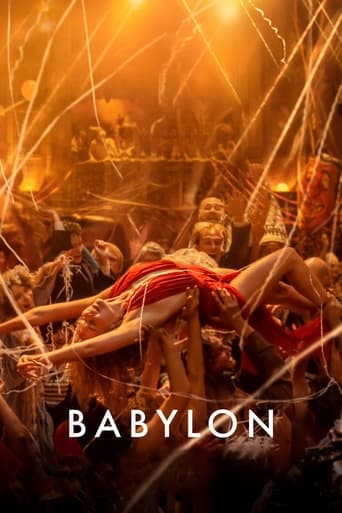
Reviews
Too much of everything
Simply A Masterpiece
It’s fine. It's literally the definition of a fine movie. You’ve seen it before, you know every beat and outcome before the characters even do. Only question is how much escapism you’re looking for.
One of the film's great tricks is that, for a time, you think it will go down a rabbit hole of unrealistic glorification.
Back in the early days of sound movies, Hollywood was in love with musical spectaculars. The problem is that with the earliest ones, the quality of the sound and dancing is pretty awful. This is painfully obvious in "The Dance of Life". I don't entirely blame the films. After all, sound technology was primitive and quality choreography was something you wouldn't see until the early 30s. The Busby Berkeley-style song and dance numbers were very crisp and professional--the stuff in the earlier films just looks rough...very rough.This film is about two stage performers--Skid (Hal Skelly), a comedian, and Bonny (Nancy Carroll). When the film begins, both are out of work and struggling. Together, they seem to do much better and come to be friends and eventually marry. However, over time, Skid hits the big time and Bonny is left behind--putting a big strain on their relationship. Eventually, she takes up with a millionaire and Skid, unexpectedly, hits the skids. What's next for the duo?This film is very dated. As I mentioned, the dancing is pretty bad. Additionally, similar material is handled better in other films. Mostly of interest to devoted fans of the real oldies.By the way, sadly only a few years after doing this film, Hal Skelly was killed when he was a passenger in a car that got hit by a train! So, if you ever wanted to see this vaudevillian, this film is one of the few chances.
The famous play, BURLESQUE, came to Hollywood following a successful Broadway run (372 performances at the Plymouth Theatre from Sept. 1, 1927 through July of the following year made it one of the biggest hits of the year) just at the cusp of when burlesque - which George Jessel had described as "the most family friendly" theatre form as straight vaudeville declined - was itself declining from the fine mix of sketch comedy and music into the girlie shows that would be banned by Mayor LaGuardia in the 1940's. Paramount apparently felt that decline as well as the universal quality of the story merited the name change to THE DANCE OF LIFE for their August 16, 1929 film release, but they also knew well how famous the original play had become as it toured around the nation, so the original name was prominently featured in all the advertising.Protecting their investment further, four members of the original Broadway cast were recruited for the film version (the lead, Hal Skelly as "Skid", Ralph Theodore as Harvey, Charles D. Brown as Lefty and the great Oscar Levant in his first film role as Jerry the composer/pianist). Only the Broadway leading lady, Barbara Stanwyck as Bonny, Skid's lady love, was passed over for look-alike Nancy Carroll (rumor hath that Stanwyck's real life leading man declined to let her take the role unless he was hired too). Carroll was entirely fine in the role and Stanwyck followed to Hollywood shortly after.The result for THE DANCE OF LIFE was one of the year's best films and the script, direction and cinematography hold up remarkably well after a little over 80 years, much better than some of the early full fledged "musicals" filmed at the time. This was not a traditional "musical" by Broadway or Hollywood standards, but a play in which a lot of music was intrinsic to the plot, and the musical numbers are as good a snapshot of what real live touring musical theatre looked like in 1929 as many an actual filmed musical show (like the Marx Brothers' COCOANUTS which was filmed at the end of its "subway circuit" tour out at the Astoria Studios in Astoria, Queens, New York). The borderline "beef trust" chorus girls marching in unison are a far cry from modern "choreography," but they breathe with the life of the world portrayed.As good as the film is - and it is very good indeed, despite the often copied plot, remarkably faithful to the Broadway original, of the loyal girl protecting her talented but weak partner - no small credit is due to the superior cast. An Oscar Levant younger than most people today know him from his film roles of ten to twenty years later (THE BAND WAGON, opposite Nanette Fabray passing for a composer/lyricist team patterned after Betty Comden and Adolph Green is a classic), gives every indication of the indelible comic curmudgeon he would become, and Hal Skelly's Skid is a leading character actor for the ages. "Skid" would be a great performance in any age.I haven't seen a naturalistic performance jump out of the more declamatory style performances around it with this much vivacity since Helen Hayes opposite Gary Cooper (three years later) in A FAREWELL TO ARMS. Hayes, of course, would go on to a brilliant career on stage and screen for another 50 years. Skelly might have, but after only a few more films and Broadway shows, while back East producing and starring in one of them (the ironically titled COME WHAT MAY) he lost his life when a car he was riding in was hit by a freight train in Connecticut. It was a greater loss to the stage and screen than those who have never seen his performance in this film (BURLESQUE was, with good reason, his greatest hit) can ever fathom.I've never been able to find a copy of the brief VHS release noted elsewhere of the Paramount Picture, but until some wise soul finds a way to pry a pristine copy from the Paramount archives (one suspects the film may now be in the public domain if ANY copy could be found) to make it available to a new generation of film and theatre students who need to see the craft and passion involved, at least a decent copy can be viewed at Archive.org. It is essential viewing for any true student of the theatre or film. I'll be first in line to buy a copy when a DVD is available. Let's hope it's soon.
When John Cromwell was hired to direct "The Dance of Life", a film version of the Broadway success "Burlesque", it was automatically assumed that the key members of the cast would be tested and hired. They all turned up for a one act screen test - all except one. Barbara Stanwyck's husband refused to let his wife do the film (according to Oscar Levant). He was an egomaniac and wouldn't let her go to Hollywood until he was also summoned (Stanwyck made her film debut a few months later in the static "The Locked Door"). So the assignment was given to Paramount's latest star Nancy Carroll - she was not only more relaxed and natural in front of the cameras than many of the other "stagies" in the film, she definitely boosted the film's popularity at the box office.Skid Johnson (Hal Skelly), a talented comedian, who is also an alcoholic, is fired from a third rate burlesque show. He meets Bonny Kane (Nancy Carroll) who has failed to make specialty dancer from the same show. "You wouldn't kid me lady? I would if I could mister, I would if I could" - that became a popular catch phrase of the day. They become friends and get jobs in the same show. Under Skid's guidance Bonny becomes an expert dancer and through her steadying influence he really starts applying himself to his work.Someone else has their eye on him -Sylvia (beautiful Dorothy Reiver). Skid performs "King of Jazzmania with the chorus then Bonny takes the stage for "Cuddlesome Baby". The manager wants to get rid of Bonny but Skid persuades him to keep her and deduct her wage from his salary. She finds out and decides to quit but in the middle of their routine Skid proposes and she accepts. Their wedding night is disastrous as Skid gets drunk - but from now on Bonny holds him on a tight rein. He sings "True Blue Lou" - a beautiful song inspired by Bonny's love. (The song became the hit of the year with Ethel Waters doing a marvelous recording of it). His act is seen by Flo Ziegfeld and suddenly Skid is on his way to the top. There is a musical interlude ala the Ziegfeld Follies - "Ladies of the Dance" - showing beautiful show girls parading down stairs, then cutie, Marjorie "Babe" Kane sings "The Flipperty Flop", followed by an Eccentric Dance by Skid. (This was obviously the "Technicolor Sequence" but it was only in black and white on my copy). But who's this - bad girl Sylvia is the leading showgirl and trying her best to be Skid's leading girl in real life as well. When Bonny goes to New York to see Skid she accidentally sees them together and thinking he has forgotten her, she leaves without seeing him. She files for divorce and turns to Harvey Howell, a "big breath of fresh air" from Wyoming who wants only the best for her. Just before her marriage Skid calls on her and after a riotous reunion, Harvey walks in and Skid embarrasses himself. Nancy Carroll here sings "In The Gloaming" - she actually sung this for her first screen test. After going on a gigantic bender and being sacked from Ziegfeld's show, he is finally given a last chance by Lefty Miller (Charles B. Brown) the manager who gave him and Bonny their first break. Bonnie is asked to come back and help him through - he is now a skid row drunk. Bonnie, who has never stopped loving him, helps him back on his feet and as their dance starts up with the familiar patter, realises her place is beside Skid.This film was one of the most popular and highly regarded films of the year. Made at a time when most films adapted from stage plays were usually inferior, this was a standout in every way. Oscar Levant had a bit as a songwriter - his part was not cut out, he did play a couple of songs and had a few lines. Nancy Carroll gives a remarkable performance in this primitive talkie - anybody could tell she was destined for big things.Highly, Highly Recommended.
'The Dance of Life' (1929) is the film version of a hit Broadway play called 'Burlesque', which starred Barbara Stanwyck. The original title was considered too racy for movie audiences, so the film producers bought the rights to a best-selling NON-fiction book about sex, 'The Dance of Life', just so they could use the book's title for this movie based on 'Burlesque'.Skid Johnson is a baggy-pants comedian who can't make it on the vaudeville circuit. He meets Bonny Lee, a bright young dancer who is pretty and talented but who just can't catch a break. Stranded in a train station between vaudeville bookings, the two decide to team up and try a new act together. To save money, they get married: if they travel the vaudeville circuit with a marriage license to prove they're husband and wife, they can share a single hotel room. As their act gets better, Skid and Bonny get bookings which bring them closer to Broadway, and soon they are genuinely in love with each other. But, just when stardom is within their grasp, Skid gets a big head. And then the trouble starts...'The Dance of Life' is a fascinating early talkie. Nancy Carroll (in the Stanwyck role) is an excellent actress and a fine dancer. Dramatic actor Hal Skelly had difficulty getting roles because of his clownish face; in this film, he puts his unusual appearance to good tragicomic advantage as a comedian who encounters problems in his offstage life. Skelly does a funny skidding dance which probably explains his character's nickname.Oscar Levant had a small role in the Broadway cast of 'Burlesque', in a party scene which gave him a chance to play the piano and make a few wisecracks. He makes his film debut in 'The Dance of Life', repeating his Broadway role ... but the screenplay cuts Levant's role to a mere walk-on, giving him no opportunities to play the piano or crack any jokes. Don't expect any of those great Levant witticisms.I was excited to see Al Saint John's name in this film's cast list, in the role of Skid Johnson's slapstick comedy sidekick Bozo. Al Saint John was one of the great acrobatic comedians of the silent screen, working prominently with his uncle Roscoe 'Fatty' Arbuckle and with Buster Keaton. Seeing him cast as a comedian in this dramatic backstage story, I expected St John to do some of his brilliant acrobatic pratfalls in 'The Dance of Life'. Unfortunately, we never see Bozo doing any of his act onstage, so St John's comedic talents are wasted in this film. But he handles the dramatic aspects of his supporting role very well.Some of the dialogue in 'The Dance of Life' was considered quite racy at the time, but it will seem very tame now. Like this example:GIRL: You wouldn't kid me, would you, mister?BOY: I would if I could, sister, I would if I could.In 1929, that was pretty close to a dirty joke. I recommend 'The Dance of Life' as a fascinating example of early talking pictures
